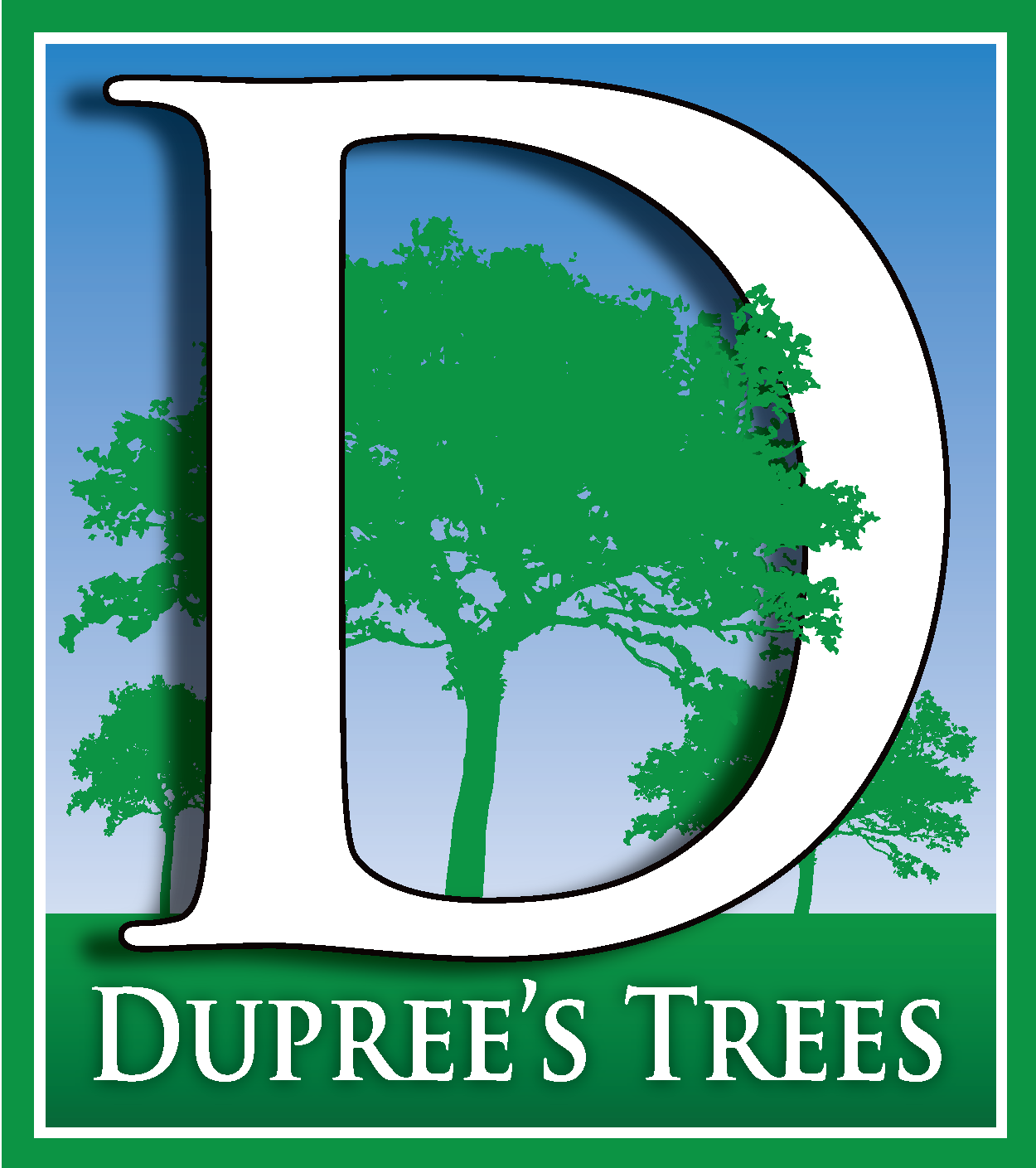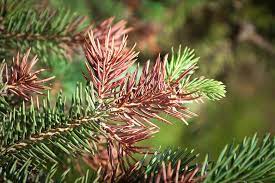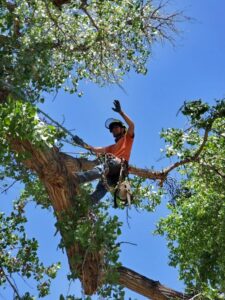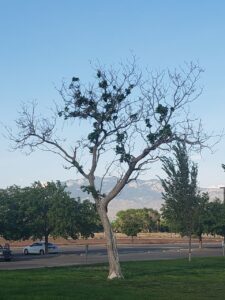From the majestic ponderosa pine to the resilient desert willow, New Mexico is home to a diverse array of tree species. But just like any other living organisms, our beloved trees can fall victim to various diseases. In this post, we’ll explore ten of the most common tree diseases you should watch out for to ensure your trees remain healthy and vibrant.
1. Anthracnose
Affecting a wide range of tree species, anthracnose is a fungus that causes unsightly dark spots on leaves, stems, and fruit. Severe infections can lead to defoliation and twig blight. Here’s an example of anthracnose in an Aspen tree:
2. Dutch Elm Disease
This disease, caused by a type of fungus, is deadly to elm trees. Symptoms include yellowing or wilting leaves and branch dieback.
3. Oak Wilt
Oak wilt is a lethal disease that affects all types of oak trees. It causes wilting, discoloration, and premature leaf drop. Oak trees are rare in New Mexico, so it is unlikely you’ll have to worry about this common disease.
4. Heart Rot
Heart rot is a fungal disease that attacks the heartwood of trees, leading to structural instability. Symptoms are often internal but can include visible fungal growth and weakened branches. We have an entire article about heart rot prevention in New Mexico because this disease is extremely common in New Mexico Cottonwood trees. This disease is especially dangerous because it affect trees from the inside out and can take decades to be discovered. Here’s a log that has heartwood rot:
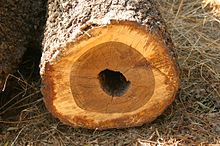
5. Fire Blight
Most common in fruit trees and some ornamental species, fire blight gives a burnt appearance to branches, blossoms, and fruit. Over time, it can cause significant dieback.
6. Root Rot
Caused by various fungi, root rot can be deadly, leading to yellowing leaves, slowed growth, and eventually, tree death. The disease thrives in overly wet conditions so it is rare in the Southwest, like New Mexico. Similar to heart rot, this is a fungus that eats the tree from the inside!
7. Cedar Rusts
Affecting juniper and cedar trees, cedar rusts cause bright orange galls or blisters on the tree’s branches and needles, affecting their overall health and appearance.
This disease is most common in the Northeastern United States. According to the US forest service:
“The fungus takes on different forms on each host and most readily noticeable on redcedar. One form or another of the fungus can be can be found throughout the growing season, but may not be seen in drier sites until after a series of rains. It frequently is found in disturbed or open areas such as along gravel or dirt roads, trails openings, pastures and apple orchards.“
8. Powdery Mildew
This fungus gives leaves and stems a dusted, white appearance. It can stunt growth and distort the shape of leaves and buds.
9. Needle Cast
This group of diseases primarily affects coniferous trees, causing needle discoloration, premature needle drop, and in severe cases, death of the tree.
Example of needle cast:
Russel Tree Experts have a great identification and prevention guide for the needle cast disease you can find here.
10. Cytospora Canker
Most commonly affecting spruce and poplar trees, Cytospora canker causes sunken, dead areas on the bark, oozing sap, and branch dieback.
Conclusion
Keeping an eye out for the signs of these common tree diseases can help you catch and address issues early, giving your trees the best chance for survival and recovery. However, diagnosing and treating tree diseases can be complex, often requiring the expertise of trained arborists.
If you notice any signs of disease in your New Mexico trees, we’re here to help. Our team of experts can assess your trees’ health, accurately diagnose issues, and recommend effective treatments. Protect your trees by booking a free estimate with us today. Your trees’ health and longevity are our priority. Contact us now to schedule your complimentary, no-obligation consultation.
